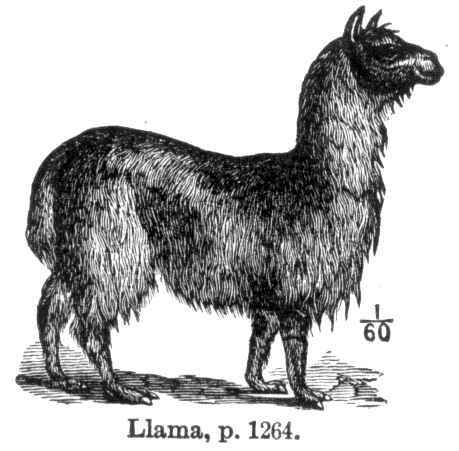
The domestication of the llama and alpaca marked the beginning of a high dependence on these animals by the Inca culture of the Andes.
This dependence was somewhat analogous to the dependence the Plains Indians of North America had on the bison.
The bison provided the base needs of the native cultures (food, fiber, fuel, shelter) and they served as cultural icons in spiritual and fertility rites.
The important difference between the two situations is the domestication of the llama and alpaca.
Domestication allowed the llamas’ additional use as a beast of burden as well as selective breeding for specific traits.
The llama's adaptability and efficiency as a pack animal in the mountain terrain of the Andes made it possible to link the diverse altitude zones and to cover the great linear distances of the region.
The llama was bred specifically to produce a large, strong animal for the packing function.
The alpaca was bred to accentuate its naturally finer wool. The harvest of this fine wool served as the base for a significant domestic textile market.